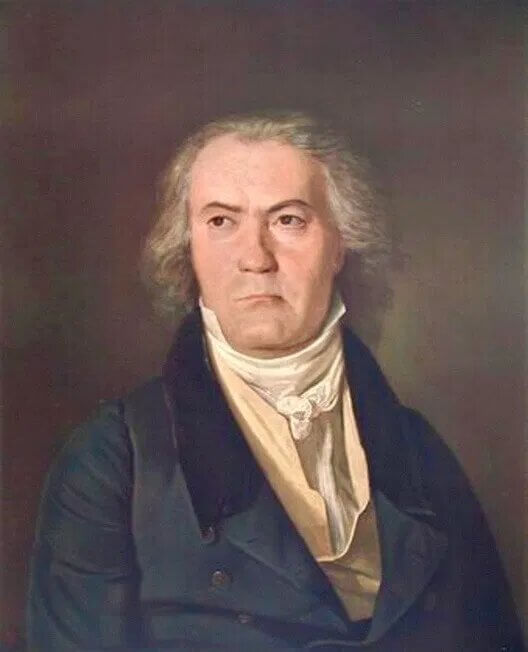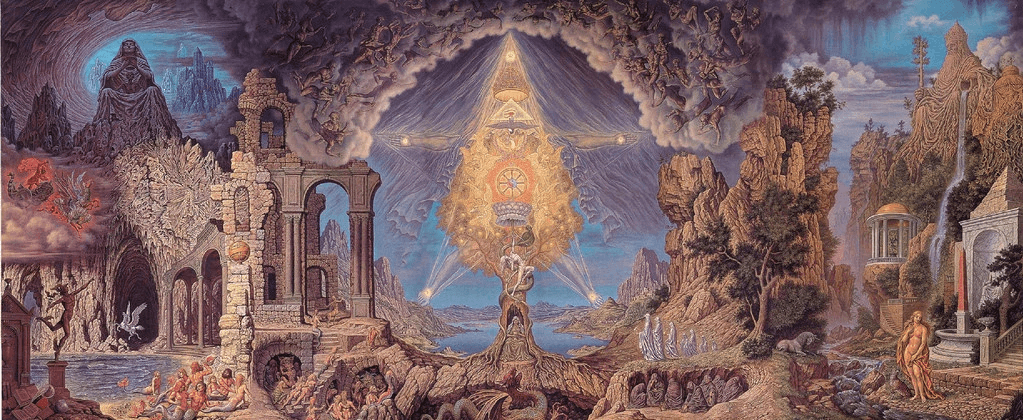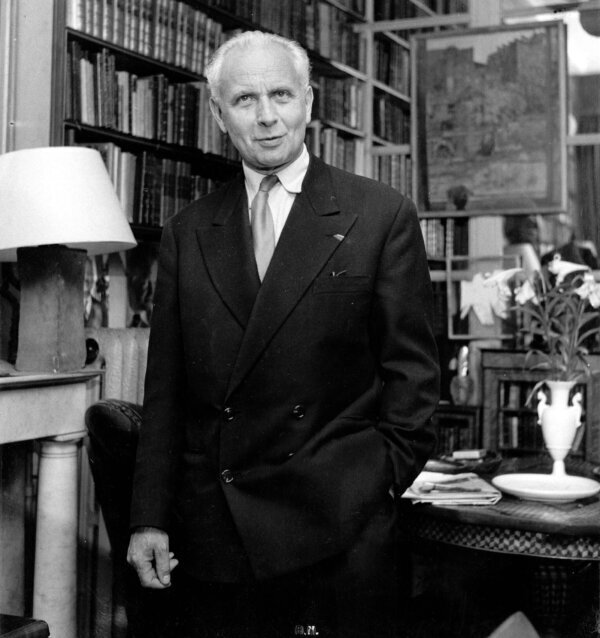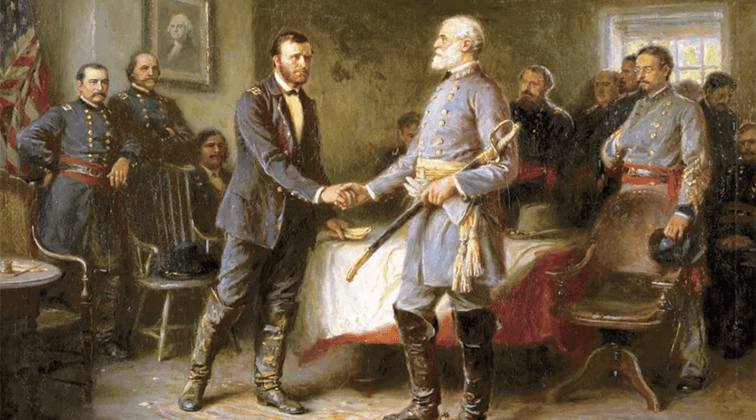The Mystique of Late Beethoven

“The music is not pretty or even attractive. It merely is sublime.”
—Harold C. Schonberg
From reading musical commentary, one can easily get the impression that there exists a separate composer called “late Beethoven” who wrote strange, mystical, profound, outer-edge-of-the-universe music that baffled his contemporaries and foreshadowed avant-garde movements of a century and more later. The hyperbole lavished on Beethoven’s later works (from the last decade of his life) too often creates a verbal thicket that obscures rather than illuminates. To start, it’s worth noting that Beethoven had no idea most of this music was “late.” At the time of his death, he was planning a Tenth Symphony, a work on Goethe’s Faust, and a number of other compositions. (Beethoven’s death at age 56 has been variously ascribed to pneumonia and lead poisoning.) The “late” string quartets or the Missa Solemnis only seem valedictory in hindsight. Had Beethoven lived longer, he undoubtedly would have continued writing startling and original music, or perhaps even gone in a different stylistic direction altogether.
Nevertheless, it’s perfectly convenient and valid to view Beethoven’s output as falling into three distinct periods, each with its distinctive traits. The early period shows Beethoven emerging from the shadow of Haydn and Mozart, with impudent flashes of originality already present. The second, middle or “heroic” period contains the works which the popular imagination most associates with Beethoven: the third (Eroica) through the eighth symphonies, the fourth and fifth (Emperor) piano concertos, the Violin Concerto, etc., etc. Powerful, majestic, and of course heroic, are all qualities inhering in the works of this phase. Beethoven was enthused by the idea of the heroic individual genius and his impact on the world, influenced at first by his short-lived admiration of Napoleon.
The third, or late period, runs from about 1817 until his death in 1827. The composer’s increasing deafness had now isolated him from society as well as from musical convention and fashion. His music becomes more contemplative, meditative, philosophical, otherworldly. Humorous, too, as is seldom remarked upon—but it is a quiet, often rustic humor. There is anguish in this period, too, but in general Beethoven seems to have found inner peace. His music in this phase seems to embrace the past as well as the future. The composer writes a “Thanksgiving to the Deity” (the adagio of his A minor string quartet) based in an old church mode, and his Missa Solemnis, assimilating traditions in polyphonic sacred music going back centuries. On the other side, the composer’s forays into dissonance and unconventional voice-leading seem to anticipate a later era.
Beethoven also stretches the norms of musical form. The flow of musical ideas becomes less tightly structured and more leisurely, discursive and expansive. Bizarre interruptions and a juxtaposition of different kinds of music form a part of the discourse. The form seems to follow from the content, not vice versa. Many of the late works have unconventional formal layouts—instead of the standard four movements for a sonata or quartet, we may find as few as two or as many as seven movements.
This is true of the String Quartet in B flat, Opus 130, one of the five celebrated “late quartets”—a group of pieces which musicians unfailingly speak of with awe. It has six movements and resembles a Classical divertimento more than anything. For the last movement Beethoven originally wrote a gigantic, complex fugue; publishers deemed it too long and challenging, so Beethoven wrote a new finale and published the fugue as an independent composition, the Grosse Fuge or Great Fugue, Opus 133.
The Grosse Fuge shows that Beethoven was not afraid to make his music rough or unbeautiful in pursuit of emotional truth. However, the rest of the Opus 130 quartet has rather ingratiating music, although the one true slow movement—the fifth, a Cavatina or opera aria for strings—is of such haunting, bittersweet sorrow that Beethoven himself wept at it. In the first movement, Beethoven shows his late propensity for strong contrasts and mixing different types of music; there is a slow introduction followed by fast music, but the slow music soon comes back and the two sections interpenetrate each other. In movements 2-4 and in the contradance that Beethoven wrote for a finale to replace the great fugue, good humor is predominant. Two of the movements are in fact short dance-based forms. We might be surprised to realize that this folk-like finale is the last music Beethoven ever wrote; no shaking of the fist at Fate here!
The late Beethoven is no longer content to follow the dictates of form very closely; instead, the form is shaped by his musical ideas. He avoids obvious themes and clear, predictable cadences. The language is elusive, subtle, and can seem hard to follow at first, but repeated listening reveals the emotional logic. In so doing, Beethoven envelops us in a deeper resonance than in his earlier works.
Much writing about late Beethoven suffers from pretentiousness and misleading overstatement (qualities not inherent in the music itself). In their rush to compete for the sensational factor, program note writers are prone to overstress the supposed radicalness of the music at the expense of its sheer pleasure and beauty. We are often told that the late works are “abstract” and “supra-personal,” devoted to working out musical themes and ideas to their utmost potentialities. Yet the late string quartets, for example, contain much genial and personable music that is characteristic of Beethoven.
That a sense of mystery pervades much of this period is true enough. The complex and the simple, almost childlike, often coexist side by side. Beethoven can give us complicated, gnarled counterpoint as in the Grosse Fuge; he can also simplify his harmonies to a few chords, hypnotically repeated so that time itself seems suspended, as in the Opus 111 Piano Sonata in C minor. There is often a ruminative feeling to the music, as if we are hearing an improvisation (Beethoven was renowned for his skill as an improviser at the piano, on occasion reducing audiences to tears). Instead of pursuing a musical goal with steely determination as was Beethoven’s habit in the heroic period, the music will sometimes get lost in reverie. As in the Opus 130 quartet, fast and slow music are often mixed together rather than segregated in separate movements.
As always, Beethoven in his late period starts with motifs, short germinal musical ideas, which he then grows and transforms; but this process is carried to a point of utmost subtlety. All the while there is new a long-breathed lyrical melody, as in the slow movement of the Ninth Symphony or the Benedictus from the Missa Solemnis.
With their novel qualities, the late works—with the exception of the Ninth Symphony, an inspiration to the Romantics—went largely unappreciated during Beethoven’s life and in the generations after his death. They were regarded as, in the words of critic John Rockwell, “the eccentric, unlistenable products of a deaf and irascible genius.” It was left to the twentieth century to discover their worth and celebrate their visionary qualities. The music became an inspiration to many experimental composers. Yet one disadvantage we face is that of hearing this music with modern performing conventions and our relatively loud, aggressive-sounding modern instruments, which would have been quite foreign to Beethoven’s era. Thus, there is a risk of seeing Beethoven’s late music through a 21st-century prism. The Grosse Fuge is a great comic creation, but one would not know it from the overwrought, elephantine way it is often played. Above all the late works have been too monumentalized, inflated for worshipful reverence.
Then there is the at times distorting lens of critical commentary. We are given endless psycho-interpretations of what the works supposedly meant in Beethoven’s life, creating a barrier to hearing the works freshly and simply. The late style was not a total break from what came before. Many things touted as revolutionary are really, when seen in proper perspective, evolutionary. Beethoven’s late period intensifies qualities inherent in all his previous work. It is filled with music that is warm-hearted, impassioned, and of breathtaking beauty.
Perhaps it is better simply to enjoy Beethoven’s late works on their own terms, free from ponderous critical baggage and musicological analysis. The German master in the sixth decade of his life had polished his art to the utmost refinement—a development cut short by his untimely death. Perhaps from the perspective of providence, Beethoven had accomplished what he was chosen to do on earth, and his creative life had its proper shape. From any point of view, the late works are a special and radiant gift.
This was originally published with the same title in The Imaginative Conservative on October 8, 2020.




